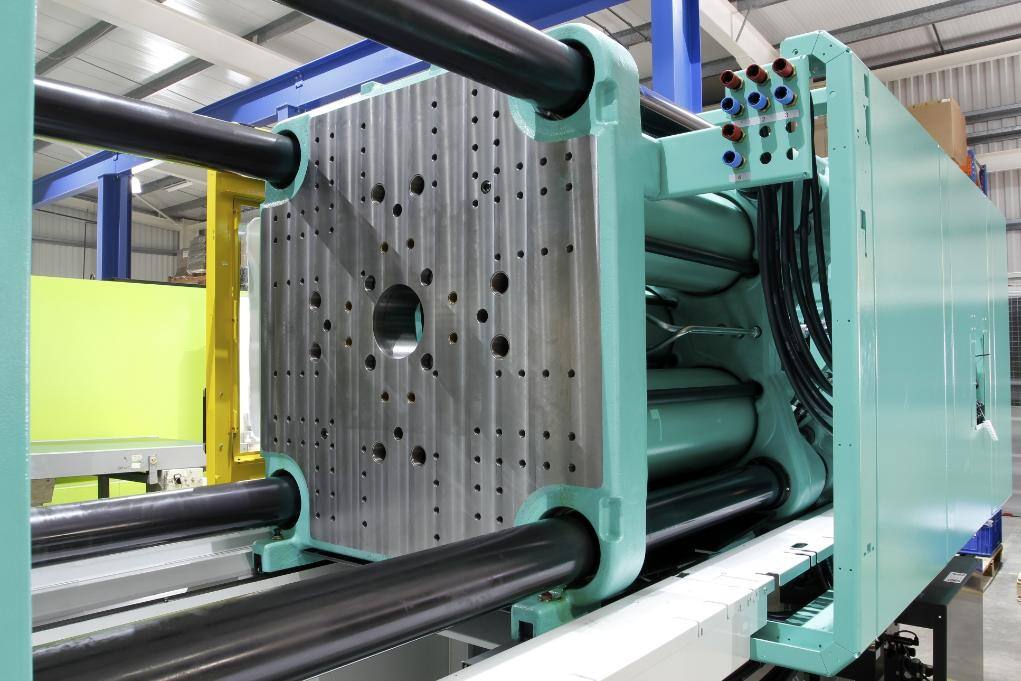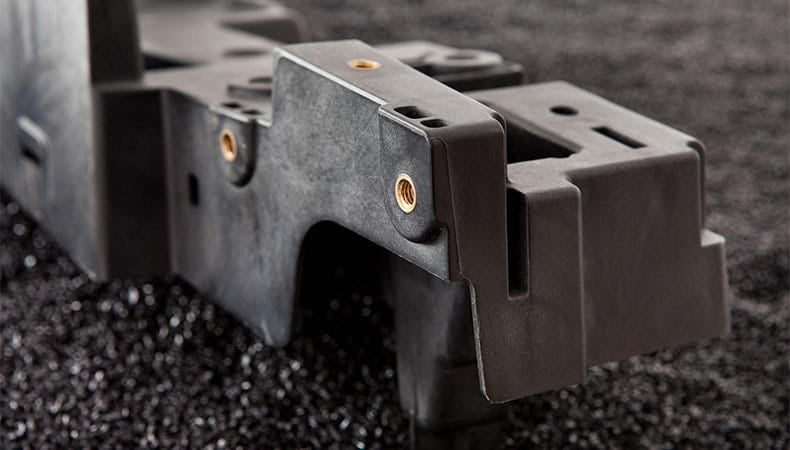How many times can an injection mold be used:An injection mold’s usage varies from 100,000 to 1,000,000 cycles, influenced by design, material, and maintenance practices.

Components of an Injection Mold
Injection molding is a popular method for manufacturing plastic parts due to its efficiency and ability to produce complex geometries. The quality and consistency of the produced parts largely depend on the design and condition of the mold components. Understanding the key components of an injection mold is crucial for ensuring optimal performance and prolonging the lifespan of the mold. Here’s a closer look at the essential components:
Mold Base
The mold base is the main support structure for all the mold components and holds them together. It is typically made from hardened steel, although pre-hardened steel might be used for less demanding applications. The mold base includes various components like:
- Tie-bars: Ensure the mold remains shut during the injection process.
- Sprue bushing: The material enters the mold through this component.
- Locating rings: These are used to align the mold with the injection machine.
Mold Inserts
Mold inserts are the parts of the mold that come in direct contact with the plastic material and give shape to the final product. These can be customized depending on the product design and are often made from high-quality steel or metal alloys to withstand the high pressures and temperatures of the molding process. Key features include:
- Cavity and core: These determine the external and internal geometry of the molded part, respectively.
- Polished surfaces: This ensures a smooth finish on the final product.

Ejection System
Once the plastic material has solidified inside the mold, it needs to be ejected without causing damage. The ejection system plays a vital role in this:
- Ejector pins: Push the part out of the mold.
- Ejector plate: Supports the pins and synchronizes their movement.
- Return pins: Ensure that the ejector plate returns to its original position after ejection.
Cooling and Heating System
Controlling the temperature is essential for the quality of the molded parts. The cooling and heating systems assist in this:
- Cooling channels: These are typically helical grooves where coolant flows to dissipate heat from the mold.
- Heaters: Used when molding materials that require high temperatures to melt.
- Thermocouples: Monitor the temperature of the mold.
Factors Affecting Mold Lifespan
The lifespan of an injection mold can vary significantly depending on various factors. Extending the lifespan of the mold is not only a matter of cost-saving but also crucial for maintaining consistent product quality. It’s essential to understand these influential factors to optimize mold usage and increase its longevity.
Type of Material Used
The material choice directly affects the wear and tear of the mold. Each material has its characteristics and may influence the mold differently:
- Hardened steels: These are durable and can withstand abrasive materials, resulting in a longer mold lifespan.
- Soft materials: Softer mold materials tend to wear out faster, especially when used with abrasive resins.
- Abrasive resins: Materials like glass-filled or mineral-filled resins can wear out molds quicker.
Mold Maintenance
Regular maintenance ensures the mold remains in top condition and can drastically increase its service life:
- Regular cleaning: Removes residues and prevents potential damages.
- Lubrication: Reduces wear and tear by minimizing friction between moving parts.
- Inspection: Identifying and fixing minor issues before they escalate can save the mold from major damages.
Injection Parameters (Pressure, Temperature, and Cycle Time)
The conditions under which the injection molding process occurs can significantly influence the mold’s lifespan:
- Pressure: Excessive pressure can lead to mold damage and reduced lifespan.
- Temperature: Operating at inappropriate temperatures can warp the mold or cause defects in the final product.
- Cycle Time: Shorter cycles can increase wear and tear, while longer cycles can cause material degradation.
Complexity and Size of the Part
The design intricacies and size of the part being molded also play a role in determining mold longevity:
- Complex designs: Intricate molds with many moving parts or fine details might wear out quicker due to their delicate nature.
- Size of the part: Larger parts require larger molds which might take longer to cool and might wear unevenly.
Indicators of Mold Wear and Tear
Recognizing the early signs of mold wear and tear is essential to ensure the consistent quality of molded products and to extend the mold’s operational life.
Visual Inspection
One of the most straightforward methods to identify mold wear is through visual inspection:
- Scratches and Scuffs: Visible marks on the mold’s surface can indicate wear or damages.
- Discoloration: Uneven coloration, especially after cleaning, can be a sign of overheating or material residue.
- Cracks: Even tiny cracks can lead to major mold failures if not addressed promptly.
Changes in Part Quality
The quality of the produced parts can also provide clues about the mold’s condition:
- Defects: Issues like warping, sink marks, or short shots might indicate mold problems.
- Inconsistent Dimensions: If parts are not consistently meeting the desired specifications, the mold might be degrading.
- Surface Finish: A rough or inconsistent surface finish can be a result of mold wear.
Increased Cycle Times
Operational inefficiencies can also indicate mold wear:
- Longer Cooling Times: If the mold requires more time to cool down, it might be an indicator of wear or damage.
- Inconsistent Ejection: If the ejection phase becomes inconsistent or parts stick to the mold, it might be worn out.
- Frequent Stops: If the mold requires frequent stops for adjustments, it might be nearing the end of its lifespan.
Ways to Prolong Mold Lifespan
A longer mold lifespan is critical for maintaining cost efficiency and consistent product quality in the injection molding industry. By implementing certain practices and paying attention to mold care, manufacturers can considerably extend the operational life of their molds.
Proper Cleaning and Maintenance
Consistent and thorough mold maintenance is foundational to its longevity:
- Regular Cleaning: Ensure the mold is free of residues, which can cause wear and tear over time.
- Timely Repairs: Address any visible damages immediately before they escalate to bigger issues.
- Routine Inspections: Scheduling regular inspections can help in early detection of problems.

Use of Lubricants and Coatings
Lubricants and coatings play an instrumental role in mold protection:
- Reduce Friction: Applying lubricants minimizes friction, especially in molds with moving parts.
- Protective Coatings: Specialized coatings can prevent corrosion, wear, and abrasive damages.
- Thermal Conductivity: Certain coatings can improve thermal conductivity, ensuring even temperature distribution.
Optimization of Injection Parameters
Ensuring the injection parameters are set optimally can prolong the mold’s life:
- Pressure Control: Setting the right pressure prevents undue stress on the mold.
- Temperature Regulation: Maintaining a consistent temperature ensures even mold filling and reduces the risk of defects.
- Cycle Time Monitoring: Optimal cycle times ensure efficient operations without overburdening the mold.
Proper Storage
When the mold is not in use, its storage conditions significantly impact its lifespan:
- Climate Control: Store molds in a dry environment to prevent corrosion.
- Dust Protection: Cover molds to keep them free from dust and other contaminants.
- Organized Storage: Store molds systematically, ensuring that they are not subjected to unnecessary stress or weight.





